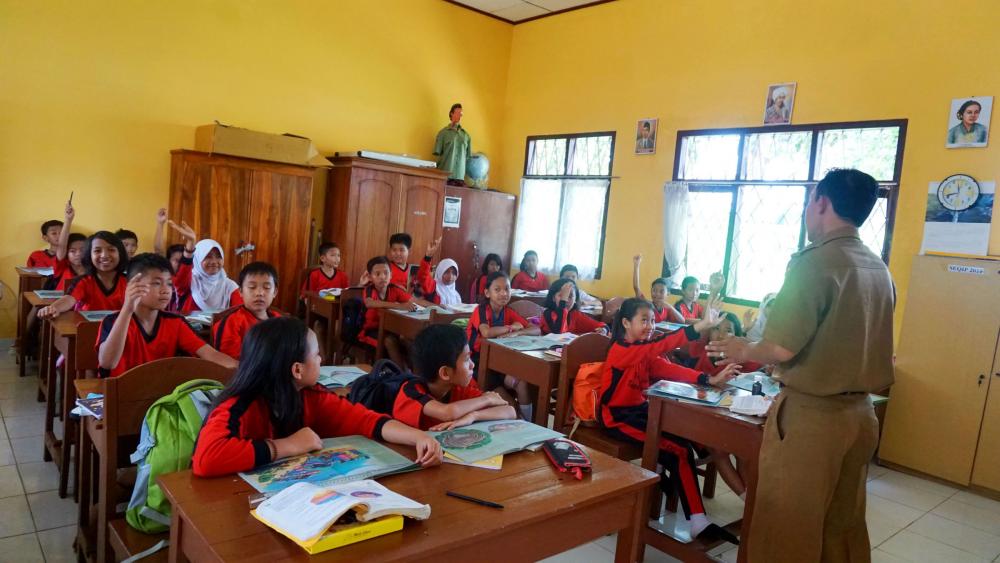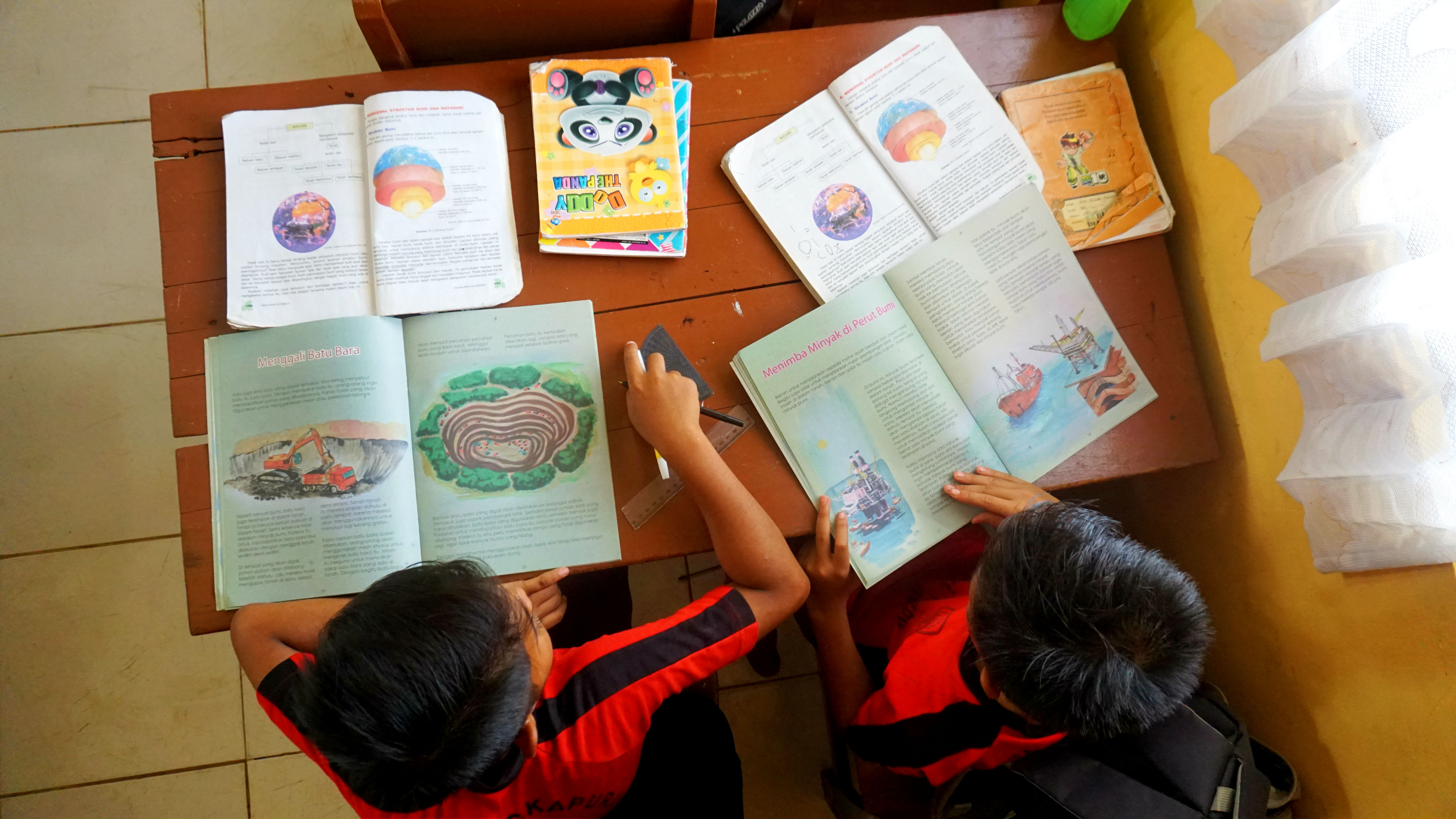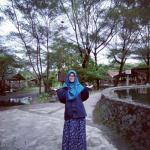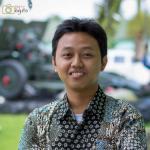From the educator’s perspective, teaching children is not as difficult as teaching adults especially in terms of achieving the teaching and learning goals. The ways adults behave are very much influenced by their extensive experience and habits, while children behave by imitating what they see daily, and mostly by looking up to the adults. This also applies in the context of increasing awareness and understanding of climate change. The situation that most people in our society face is that we only realize what the impacts of climate change are after we experience or at least witness climate disaster events. Even so, there still might not be any change afterwards in terms of how we understand the causes and the risks of climate change, moreover if we never experience the impacts directly. Therefore, in order to build familiarity in our society, which includes children and young adults, education will play a very important role in creating better awareness and knowledge from an early stage.
It’s not easy to make people pay attention to something that is not familiar to them. In this case, it’s difficult to raise people’s awareness about climate change issues and even more so to get them involved in practicing what they’ve learnt in order to combat the problems. Education, both formal and non-formal, is our main tool for achieving this. It is important to realize that many members of our younger generation nowadays have a need for recognition in their community. In my experience, it is good to create many activities that can be platform for them to make their presence felt which is in line with our goal to educate them better about things related to climate change. It is also important to appreciate those who are actively involved in these activities, for example by giving them rewards. There are many ways to apply this method and it will depend very much on the local context. For example, we can utilize student organizations to mainstream climate change awareness programs in their activities, running competitions, nominating climate change ambassadors in schools etc.
Our biggest challenge in Indonesia is the curriculum. Approximately 80% of the curriculum in the nation’s schools seeks results only in terms of cognitive aspect so 80% of the time spent in school emphasizes learning and memorizing theories. The affective and psychomotor aspects still constitute a small portion of the curriculum. In addition, adults often don’t give a proper example to our younger generation of how they should take care of our environment. Another challenge is that our people are oriented towards their economic needs which makes us concentrate on what we will do after we finish school or college. The influence of parents is really significant which means their children are not really interested in learning about climate change which is very much perceived as an environmental issue. Meanwhile, climate change is a wide-spectrum issue which sometimes makes people look upon it as an abstract issue. The valuation of climate change impacts in monetary terms for various economic sectors is still not common. If our people better understand how climate change is actually affecting agriculture, raising livestock, fisheries, and even infrastructure, such as construction workers, then it is can be expected that we will want to learn more about how we should change our way of doing business and how we can respond to the risks and impacts.

I was involved in one of ACCCRN’s projects in Indonesia from 2012 to 2015. The Climate Change Working Group in the city of Bandar Lampung believes that education is an effective way to initiate change in the community's behavior so as to make them more adaptive to climate change. Through this education project, a climate change module for elementary and junior high school levels was developed to augment the learning materials integrated to the existing curriculum. This is one of the lessons learnt from the project. We know that there are a lot of reading materials that are designed as supplementary information for children at school which is not aligned with government initiatives. The involvement of teachers in creating the modules and the support from local government education agencies are also very critical to ensure that the reading materials that we produce are used and do not become a wasted resource.
One good thing during that time was that the Mayor of Bandar Lampung released a Mayoral Regulation that required the climate change supplementary modules to be used in teaching and learning activities in the city. Despite all the support, the continuity of the practice is still a challenge. Moreover, during project implementation, there was assistance and monitoring from the project. It did not only focus on class activity but also encouraged practice activities. For example, lengthening dry seasons were causing water levels to decline, so one of the requirements for the students involved at that time was to spend two to three hours of each school week implementing the adaptation skills they’d learned, including making compost and biopore installation. Since the project was completed, it has not been easy to maintain the momentum and to ensure the utilization of the supplementary modules.
In fact, there are very many books available in libraries and bookstores with various themes. Do the children or students read them? Unfortunately, no, they don’t. A survey shows that the number of libraries and books does not always indicate a growing interest in reading. I would argue that our students have been exhausted with what they have to deal every day which includes their textbooks, extracurricular activities, tutoring class, and the time they spend on their gadgets and smartphones. The fact there are more books to read will not be very interesting for most of them. Therefore, the least that we can do during the project is to ‘force’ the students to read the supplementary reading materials for climate change education by tailoring them to the existing curriculum. Other than that, we have to think innovatively about how we can create tools, methods, or ways to attract students and the young generation to learn more about climate change.






